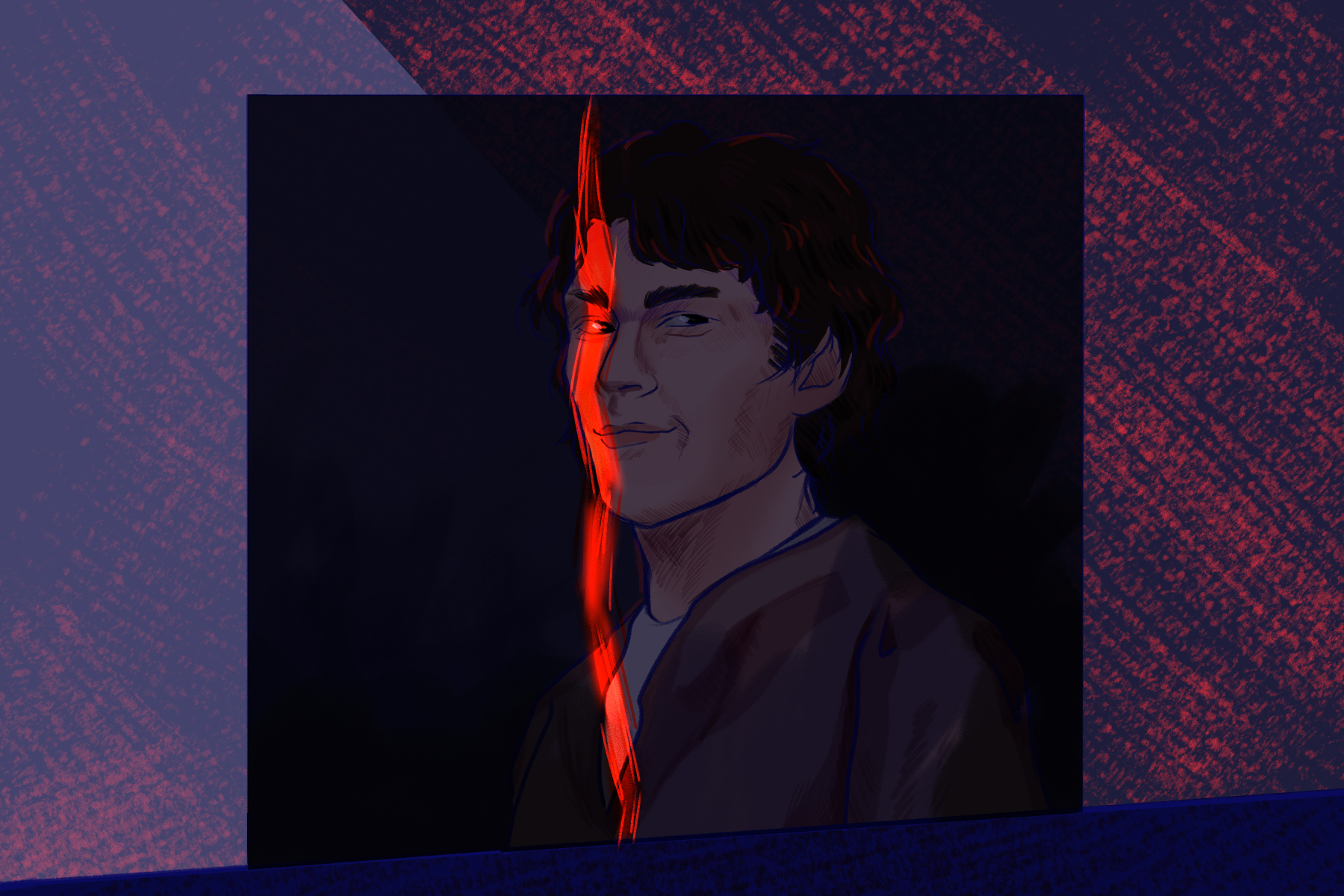Could you imagine a monster in your hometown, your own neighborhood, attacking at random whomever, whenever and however? A murderer freely walking around among the innocent, lurking the streets like the serpent in the Garden of Eden, plotting on his prey for months with no one noticing? No one knowing who he was?
Richard Ramirez
Not all criminals come from an abusive and traumatic past, and not all abused and traumatized children become criminals. The past experiences result in a choice: choosing to heal or choosing to hate. But according to Nicola Davies of Psychiatry Advisor, one concept remains fact: “Deeply traumatic experiences, especially during childhood, can have an even deeper impact in adult life.”
Richard Ramirez was born to Mexican immigrants in El Paso, Texas, and grew up with a physically abusive father and a mentally abusive cousin. When Ramirez was 12 years old, his cousin would show him photographs “of Vietnamese women he had allegedly raped, tortured, and killed” during his time in the Vietnam War. That same cousin would later shoot his wife, with young Ramirez as a witness. However, at this point in his life, Ramirez was now a young adult who had dropped out of high school and was breaking into homes.
After moving to Los Angeles, Ramirez continued his criminal streak and was even imprisoned for stealing a car at one point.
The Hunt for a Serial Killer
“In June 1984 Ramirez committed his first known murder, raping and stabbing a 79-year-old widow.”
During this four-part Netflix documentary series, director Tiller Russell investigates the crimes of Richard Ramirez, better known as the Night Stalker, from the perspective of two LA County investigators on the case at the time: detectives Gil Carrillo and Frank Salerno.
Detective Carrillo, a young, ambitious and gregarious cop, was the first person to connect the dots and discover that “the series of murders around the LA area, along with the child abductions and assaults, were all the product of one person” — the Night Stalker. Detective Salerno, “a veteran detective who usually work[ed] the biggest murder cases,” including the Hillside Strangler search, made the two detectives quite the investigative pair.
“Ramirez targeted everyone from elderly women to young boys for sexual abuse and indiscriminate brutality.” Most of his killings were home invasions in the middle of the night or child kidnappings after Ramirez would lure them out of their beds.
After 13 murders between the years 1984 and 1985, Ramirez’s identity was finally revealed. One of the Night Stalker’s survivors, Inez Erickson, gave a description of Ramirez to the police in the summer of 1985. Carrillo and Salerno could now put a face to a name, and now all they needed to do was to put said face behind bars. Apprehending the suspect was easy once his picture was released to the media. “A chase ensued, and as Ramirez tried to steal a car, he was surrounded by a crowd and beaten until police arrived.”
His trial began at the start of 1989, and in September he was convicted and sentenced to death. The Night Stalker’s last ominous words to the courtroom are as followed:
“I don’t even know why I’m wasting my breath but what the hell. You maggots make me sick. You don’t understand me. You are not expected to. You are not capable of it. I am beyond your experience. I am beyond good and evil. Legions of the night, repeat not the errors of the night prowler and show no mercy. I will be avenged. Lucifer dwells within us all.”
Documentary Highlights & Structure
What makes this docuseries stand out is the pivot away from “the pattern that tends to be the same” when it comes to the narratives of many streamed 1970s and ’80s killer cases — “re-enactments, interviews with people who investigated and reported the crimes, mixed with archival footage and newspaper clippings.”
Instead, Russell decides to give more screen time to the upbringing and professional background of Carrillo and Salerno, as well as how the two detectives got together to work on the case and the emotional impact the case proceedings had on themselves and their families. “What this series lacks in insight regarding Ramirez’s crimes, it makes up for as a story of the dogged detectives who brought him down and ended his killing spree” — and Carrillo and Salerno’s bomb job at relating the case, of course.
As explained in Steward Dunlop’s article “What Makes A Good Documentary,” “a well edited film allows for a more unprejudiced approach. Each person or subject that is identified brings a distinct focus to the film and requires a voice that is impartially heard.” In “Night Stalker: The Hunt for a Serial Killer,” Russel crafts the information in a way that feels like you are watching a “well-paced thriller/horror film,” but how?
For starters, Russell not only includes crime scene footage and pictures of the people slain by Ramirez — one victim photographed half-naked on her bed, her blood smeared across the sheets — but also actual interviews from two of the Night Stalker’s victims that were fortunate enough to survive to tell the tale. In addition, the documentary also includes clear courtroom footage of the defendant, “a self-described Satanist,” blurting out comments like “Hail Satan” and flashing a pentagram drawing on the palm of his hand.
As Vox writer Aja Romano highlighted, “’Night Stalker’ is emphatically not about Richard Ramirez. In fact, the series has done a stellar job of assembling dozens of people who encountered Ramirez over the course of the investigation into his crimes.”
Even though Ramirez’s appearances in “Night Stalker” “successfully takes [on] a story of evil,” the purpose, the root and the heartbeat of the series are reframed with the spotlight on the “story of undeniably good men.”

















